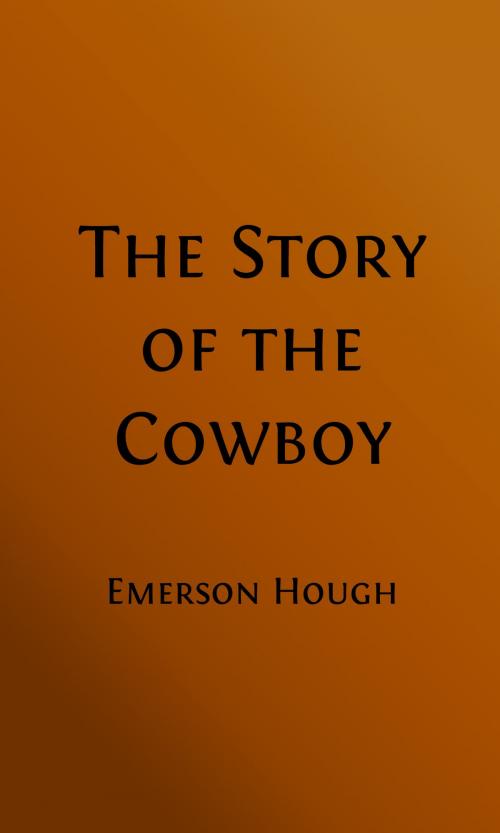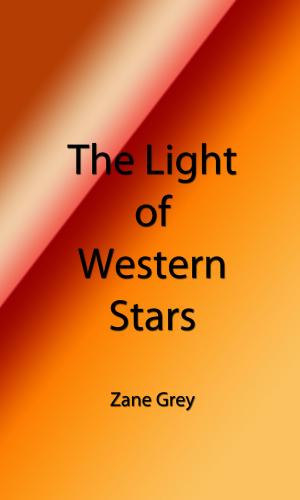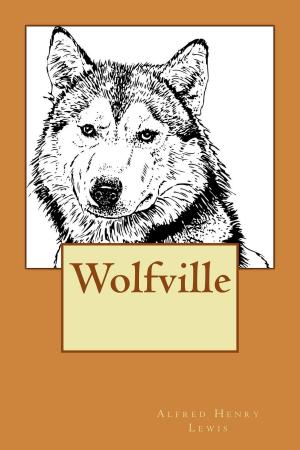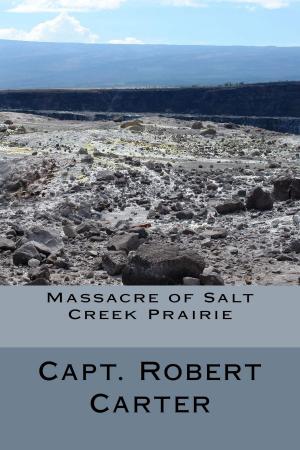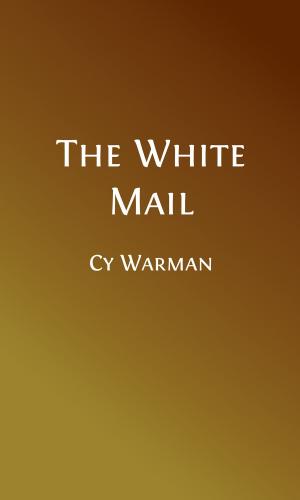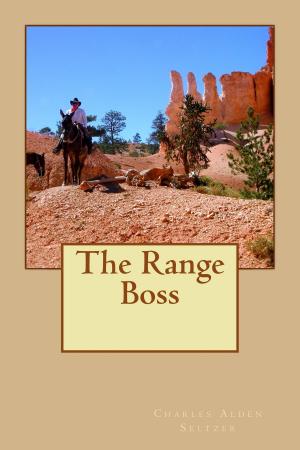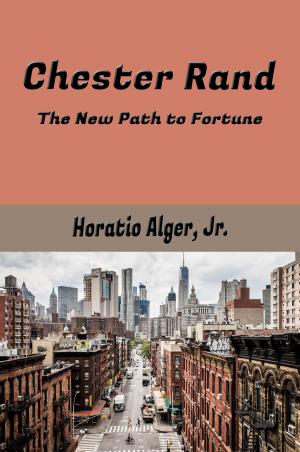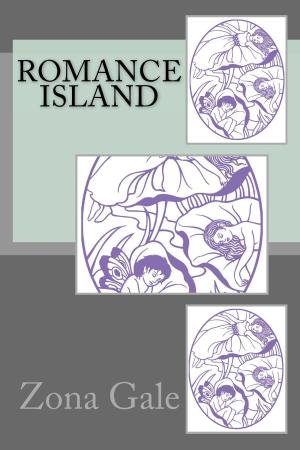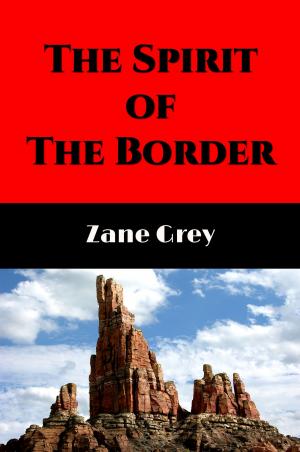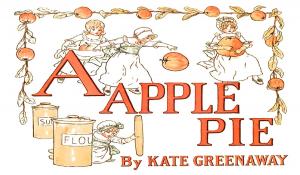The Story of the Cowboy (Illustrated Edition)
Fiction & Literature, Westerns, Action Suspense, Classics| Author: | Emerson Hough, William L. Wells, Illustrator, C. M. Russell, Illustrator | ISBN: | 1230001285000 |
| Publisher: | Steve Gabany | Publication: | July 22, 2016 |
| Imprint: | Language: | English |
| Author: | Emerson Hough, William L. Wells, Illustrator, C. M. Russell, Illustrator |
| ISBN: | 1230001285000 |
| Publisher: | Steve Gabany |
| Publication: | July 22, 2016 |
| Imprint: | |
| Language: | English |
The Story of the Cowboy is not a bare record, but a living picture of a type of person often heroic and always interesting. It is also a picture which shows the sweep and majesty of the plains. The level of detail presented in this book about the cowboy's life is extraordinary. - adapted from Ripley Hitchcock
This edition of the book contains the 10 original illustrations, rejuvenated. In addition, the 27 illustrations of cattle brands discussed in Chapter XV, "The Rustler," have been redrawn.
Emerson Hough was born in Newton, Iowa on June 28, 1857. He was in Newton High School's first graduating class of three in 1875. He graduated from the University of Iowa with a bachelor's degree in philosophy in 1880 and later studied law and was admitted to the bar in 1882. His first article, "Far From The Madding Crowd," was published in Forest and Stream in 1882. Another of his notable works included the current one, The Story of the Cowboy, "which received a high recommendation from President Theodore Roosevelt."
He moved to White Oaks, New Mexico, practiced law there, and wrote for the White Oaks newspaper Golden Era for a year and a half, returning to Iowa when his mother was ill. He later wrote Story of the Outlaw, A Study of the Western Desperado, which included profiles of Billy the Kid and Pat Garrett. Hough moved to New Mexico after Garrett shot Billy the Kid, and he became a friend of Garrett. He wrote for various newspapers in Des Moines, Iowa, Sandusky, Ohio, Chicago, Illinois, St. Louis, Missouri, and Wichita, Kansas. In 1889 he got a position as western editor of Forest and Stream, editing the "Chicago and the West" column. He was hired by George Bird Grinnell, the owner of Field and Stream, who founded the Audubon Society in 1886 which, along with Theodore Roosevelt's Boone and Crockett Club, was a leader in the conservation movement.
He died in Evanston, Illinois, on April 30, 1923.
The Story of the Cowboy is not a bare record, but a living picture of a type of person often heroic and always interesting. It is also a picture which shows the sweep and majesty of the plains. The level of detail presented in this book about the cowboy's life is extraordinary. - adapted from Ripley Hitchcock
This edition of the book contains the 10 original illustrations, rejuvenated. In addition, the 27 illustrations of cattle brands discussed in Chapter XV, "The Rustler," have been redrawn.
Emerson Hough was born in Newton, Iowa on June 28, 1857. He was in Newton High School's first graduating class of three in 1875. He graduated from the University of Iowa with a bachelor's degree in philosophy in 1880 and later studied law and was admitted to the bar in 1882. His first article, "Far From The Madding Crowd," was published in Forest and Stream in 1882. Another of his notable works included the current one, The Story of the Cowboy, "which received a high recommendation from President Theodore Roosevelt."
He moved to White Oaks, New Mexico, practiced law there, and wrote for the White Oaks newspaper Golden Era for a year and a half, returning to Iowa when his mother was ill. He later wrote Story of the Outlaw, A Study of the Western Desperado, which included profiles of Billy the Kid and Pat Garrett. Hough moved to New Mexico after Garrett shot Billy the Kid, and he became a friend of Garrett. He wrote for various newspapers in Des Moines, Iowa, Sandusky, Ohio, Chicago, Illinois, St. Louis, Missouri, and Wichita, Kansas. In 1889 he got a position as western editor of Forest and Stream, editing the "Chicago and the West" column. He was hired by George Bird Grinnell, the owner of Field and Stream, who founded the Audubon Society in 1886 which, along with Theodore Roosevelt's Boone and Crockett Club, was a leader in the conservation movement.
He died in Evanston, Illinois, on April 30, 1923.
